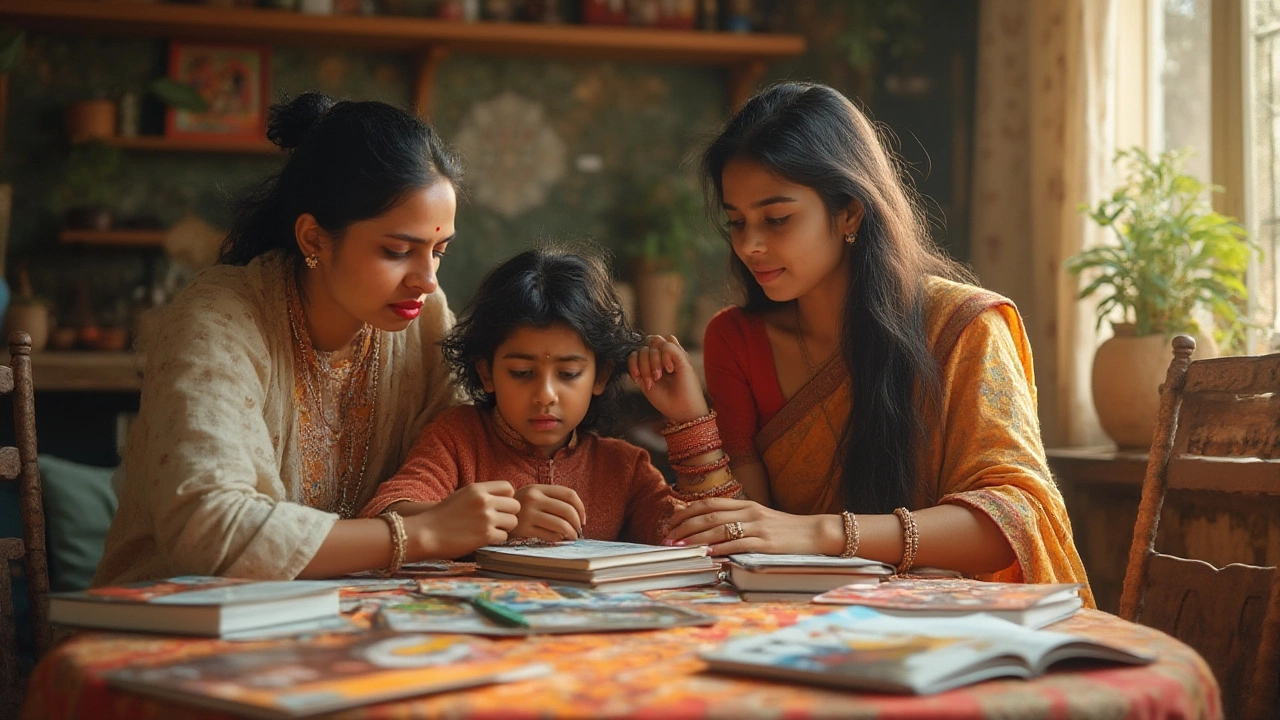Indian School Boards: Understanding Curricula, Exams, and Student Choices
When navigating Indian school boards, the official education authorities that set academic standards for schools across India, students, parents, and educators face a mix of options and expectations. Also known as board education, these bodies decide what is taught, how it is assessed, and which qualifications are awarded. The three main boards – CBSE, the Central Board of Secondary Education, which follows a nationally uniform syllabus, ICSE, the Indian Certificate of Secondary Education, known for its emphasis on language and analytical skills, and the diverse State Boards, each Indian state's own education authority with localized curricula, shape the academic journey from primary years to the crucial Class 10 and Class 12 board exams. Indian school boards encompass these sub‑entities, require adherence to prescribed timetables, and influence downstream choices such as college streams and career routes.
Why Board Choice Matters for Curriculum and Future Paths
The curriculum defined by a board determines not only the subjects covered but also the depth of content and assessment style. CBSE leans toward science‑heavy, application‑oriented topics, making it a common feeder for engineering and medical entrances. ICSE, with its broader language component and project work, often prepares students for humanities or liberal arts tracks. State Boards reflect regional priorities, integrating local history, language, and sometimes vocational modules that can lead directly to apprenticeships or state‑run colleges. This variation creates a semantic link: the board’s curriculum influences the choice of higher‑education streams, which in turn shapes career trajectories. For parents weighing options, the “best kids syllabus” debate often centers on which board aligns with their child’s learning style and long‑term goals. Studies from Indian education surveys show that students from CBSE report higher confidence in national competitive exams, while ICSE alumni cite stronger analytical writing skills. Understanding these patterns helps families decide whether a uniform national syllabus or a locally tailored program fits best.
Beyond the classroom, preparation methods differ across boards, and the rise of e‑learning adds another layer. The biggest problem with e‑learning—lack of student engagement—shows up in board‑exam coaching when teachers rely solely on video lectures without interactive quizzes or live doubt‑clearing sessions. Platforms that blend live classes, adaptive tests, and peer discussion tend to close the gap, especially for state‑board students who may lack extensive textbook resources. Articles on “Best Kids Syllabus” often recommend supplementing board textbooks with curated online modules that match the board’s assessment pattern. For example, CBSE’s emphasis on objective questions aligns well with timed mock tests, while ICSE’s essay‑type evaluation benefits from discussion forums and writing workshops. By linking board requirements with the right digital tools, students can improve engagement, retention, and ultimately, exam performance. The collection below reflects these insights, offering practical guides on syllabus selection, exam strategies, and leveraging technology for board‑specific success.
Ready to dive deeper? Below you’ll find articles that break down board curricula, compare exam formats, and share actionable tips for mastering each system. Whether you’re a student prepping for the Class 12 board, a parent choosing the right syllabus, or an educator looking to boost online engagement, the resources ahead map the landscape of Indian school boards and the pathways they open.
Best Education Boards for Kids: CBSE vs ICSE vs State Boards vs IB
Stuck between CBSE, ICSE, State Boards, or IB for your child? This article breaks down facts, pros and cons, and real tips so you can pick what truly suits your kid's future.
